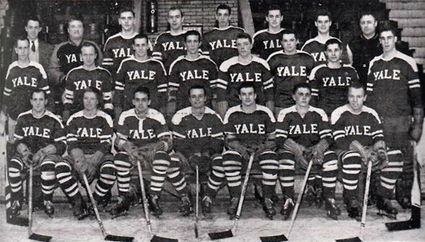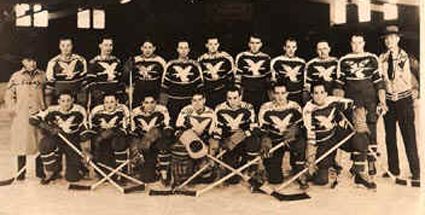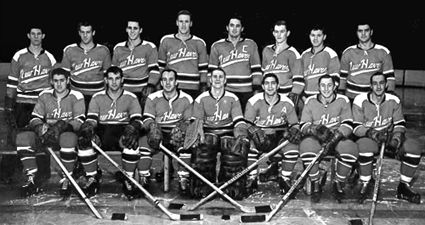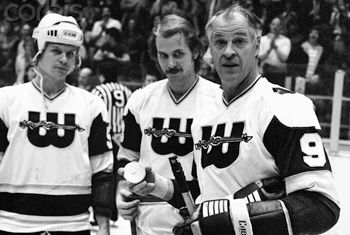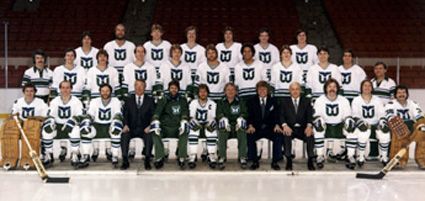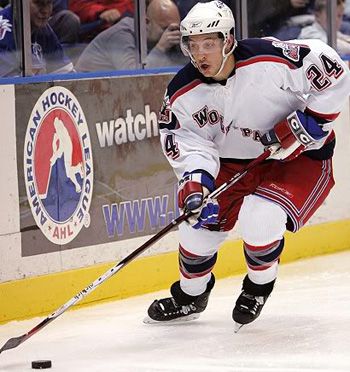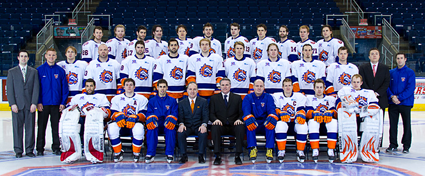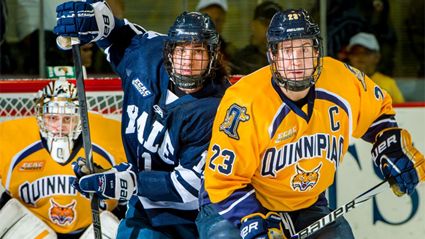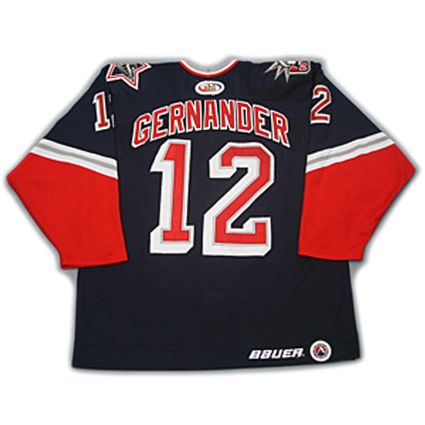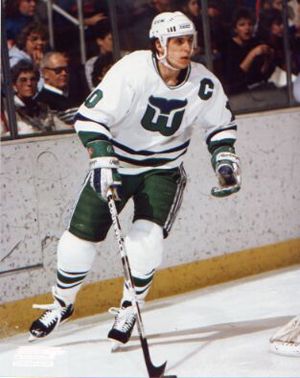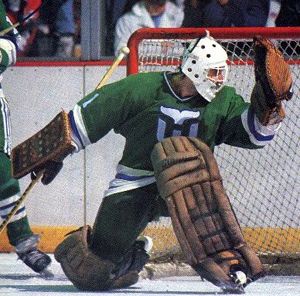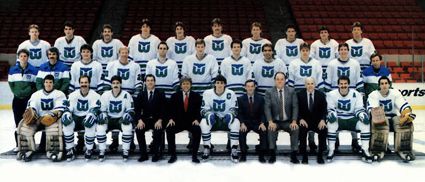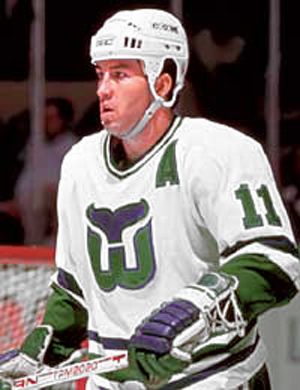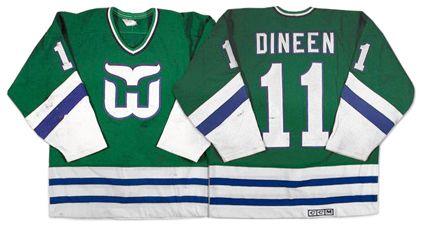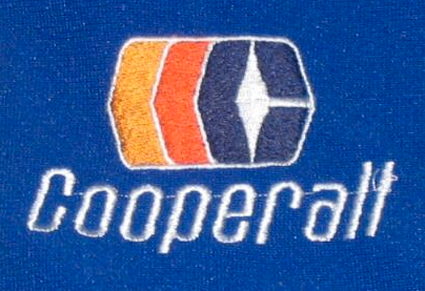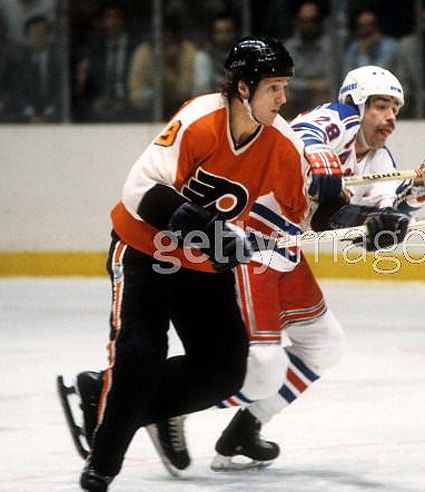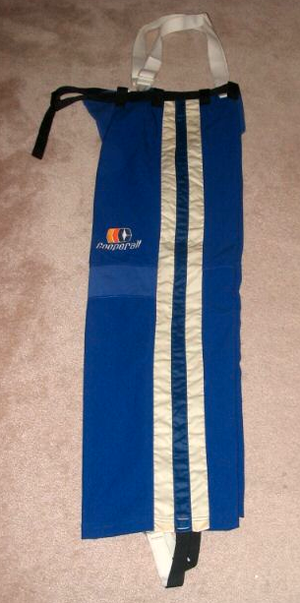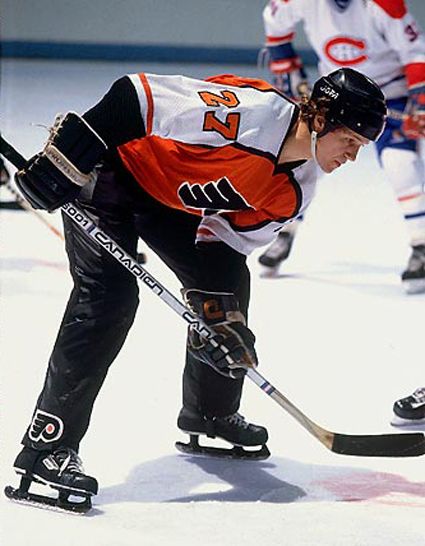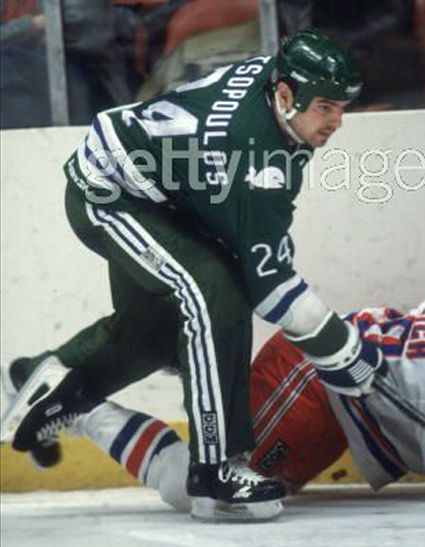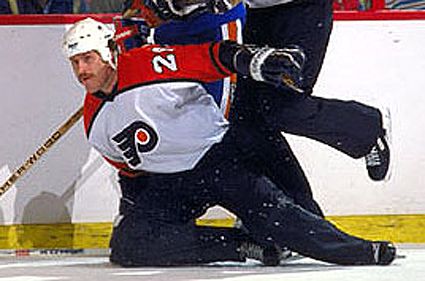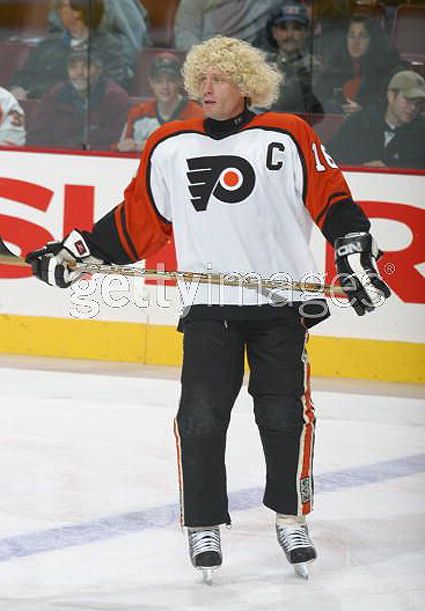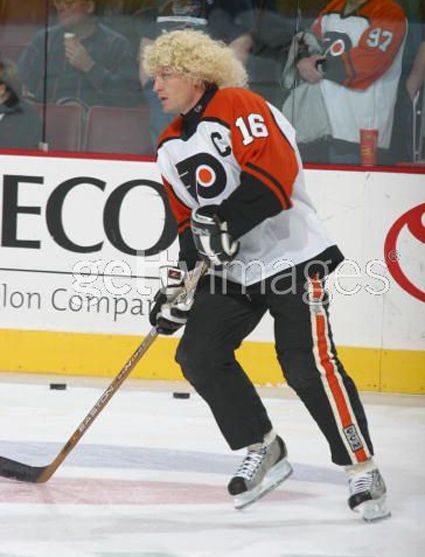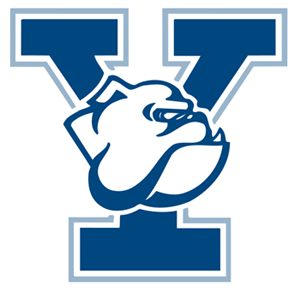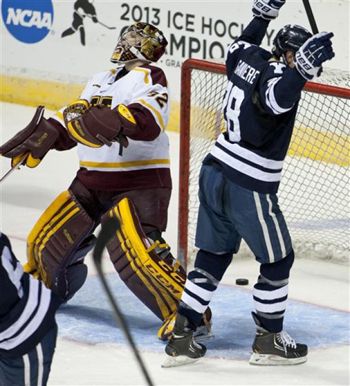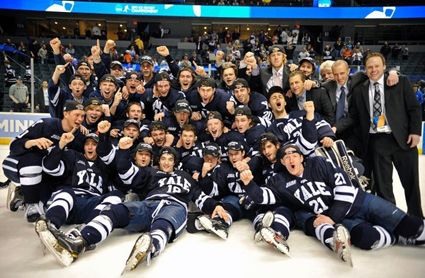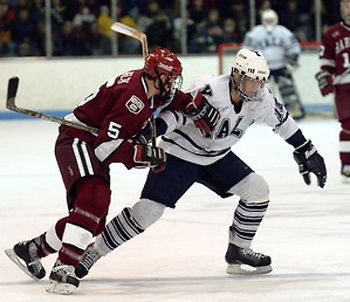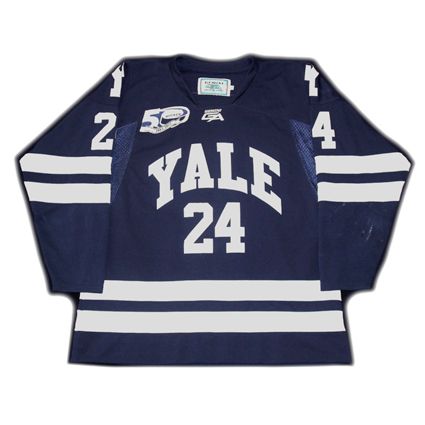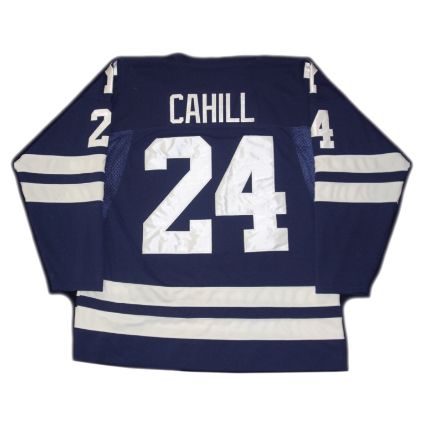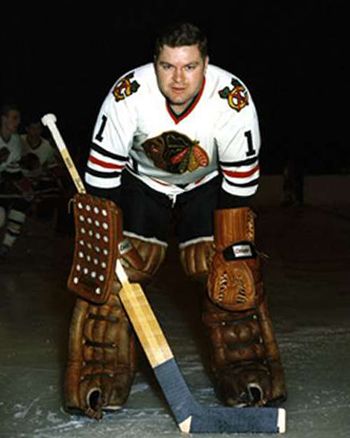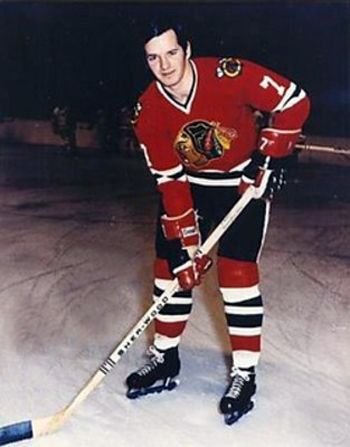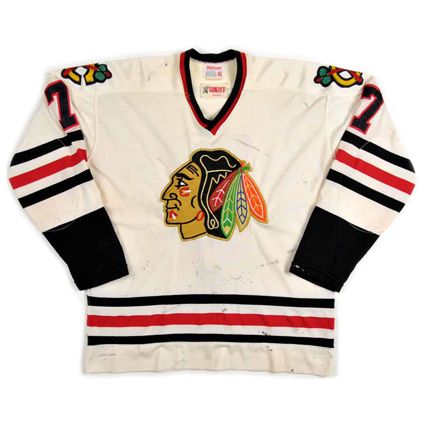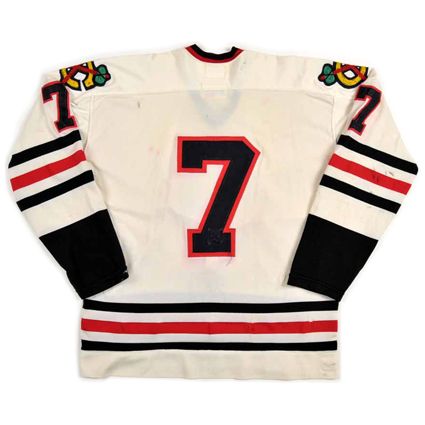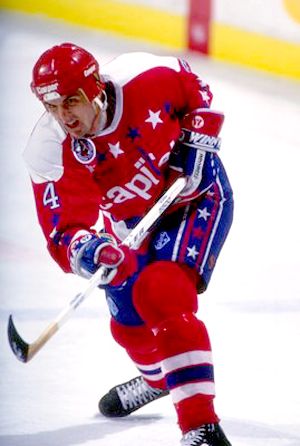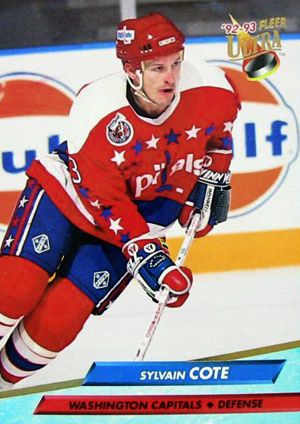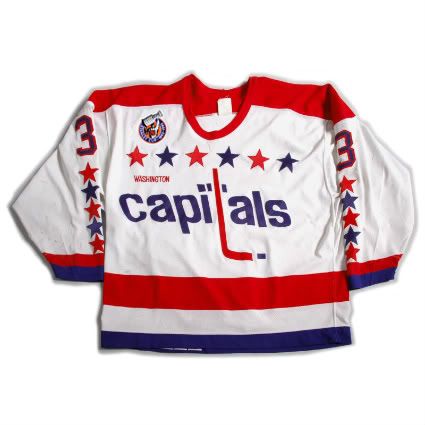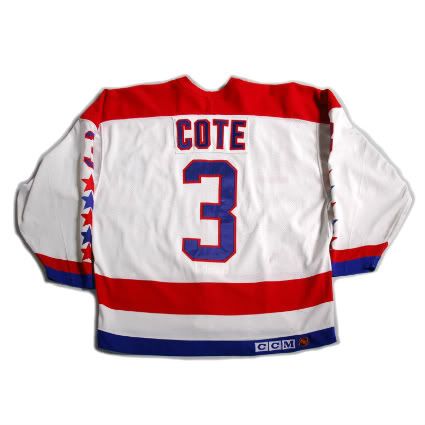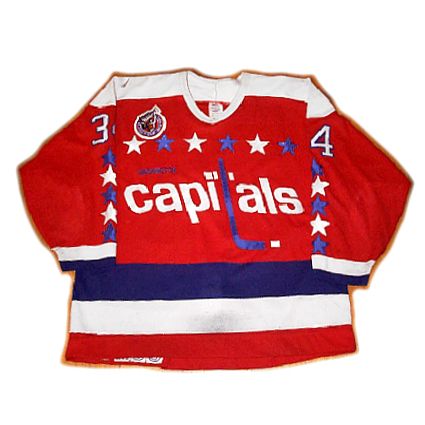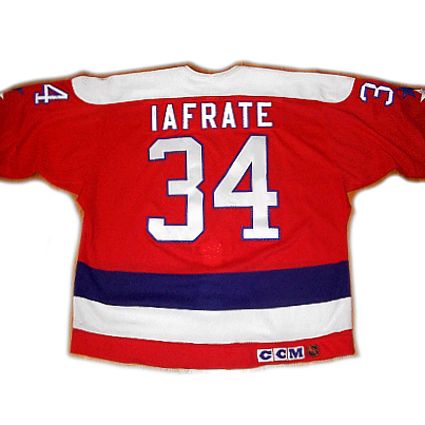As we documented previously, the Yale University Bulldogs hockey program can be traced back to 1893. They joined their current conference, the Eastern College Athletic Conference (ECAC) in 1961 and have won three ECAC regular season titles and two conference tournaments. They have made six NCAA appearances and are looking to win their first national championship tonight.
The earliest professional club to call Connecticut home were the New Haven Eagles of the Canadian-American Hockey League. They were founded along with the league in 1926 and immediately finished with the best record in the highly competitive CAHL with an 18-14 record. After 10 seasons as the CAHL, the league would evolve into the International-American Hockey League for four years before becoming the American Hockey League.
The Eastern Amateur Hockey League (EAHL) has also had a number of teams based in Connecticut, beginning with a team also named the New Haven Eagles, who played one season (1943-44) while the AHL's Eagles were on hiatus during World War II. After the demise of the AHL's Eagles in 1951, a new EAHL team attempted to fill the void, but the New Haven Tomahawks also ended up being a one season only operation. Next to give it a go were the New Haven Nutmegs, who also were in operation for just a single season.
After the league did not operate in 1953-54, pro hockey returned to New Haven yet again, this time in the form of the New Haven Blades, also of the now renamed Eastern Hockey League (EHL). The Blades managed to succeed where the Eagles, Tomahawks and Nutmegs had failed, and not only lasted beyond one season, but won the league championship in only their second try in 1956, bringing Connecticut it's first championship in state history.
The Blades were a competitive operation, making the playoffs in 15 of their 18 seasons, including three additional appearances in the finals (1960, 1961 and 1971) before the league folded following the 1971-72 season.
On the collegiate level, the University of Connecticut Huskies began play at the Division II level in 1964. In 1998 the Huskies moved up to Division I and joined the Metro Atlantic Athletic Conference, which became the Atlantic Hockey Association in 2003. UConn won the MAAC playoff championship in 2000 and has announced their move to Hockey East for the 2014-15 season.
The AHL returned to New Haven with the New Haven Nighthawks for the 1972-73 season. The Nighthawks existed for 20 years, reaching the Calder Cup Finals on four occasions (1975, 1978, 1979 and 1989). Notable players for the Nighthawks included Bobby Nystrom and Billy Smith, who would go on to win multiple Stanley Cups with the New York Islanders. The Nighthawks would change their name to the New Haven Senators for the 1992-93 season before the franchise was moved out of Connecticut.
The Fairfield University Stags in Fairfield, Connecticut began their hockey program in 1974, moving up to Division I status in 1997 before joining the Metro Atlantic conference in 1997 along with UConn. The program was disbanded for financial reasons following the 2002-03 season.
Hockey at it's highest level to date arrived in Connecticut on January 11, 1975 when the New England Whalers of the World Hockey Association played their first game, only based in Hartford, not New Haven. The Whalers were an annual contender in the WHA, having won the league's inaugural championship prior to moving to Connecticut. The Whalers qualified for the playoffs annually, again making it to the Avco Cup Finals in 1978.
Memorably, the Whalers signed hockey legend Gordie Howe, along with his sons Mark and Marty in 1977. Other notable names to have played for the Whalers in the WHA include Dave Keon, John Garrett, Gordie Roberts, Tom Webster. Larry Pleau, Rick Ley and John McKenzie.
The Whalers were one of four WHA clubs to gain entrance into the NHL in 1979, but one of the terms of the expansion of the NHL decreed that the club change it's name to the Hartford Whalers. While a number of notable played suited up for the Whalers throughout their time in the NHL, including Ron Francis, Kevin Dineen, Pat Verbeek, Geoff Sanderson, Bobby Holik, Chris Pronger, Brian Propp and Brendan Shanahan, the Whalers never found success on the ice, missing the playoffs 10 times and won but a single playoff series in 18 seasons before relocating out of state in 1997.
Quinnipiac has two regular season MAAC championships and one MAAC Playoff title, as well as one Atlantic Hockey and one ECAC regular season crown to date.
Also located in Fairfield, the Sacred Heart Pioneers began their varsity hockey program in 1993, moving up to Division I in 1998 in the Metro Atlantic conference, which became Atlantic Hockey in 2003.
The AHL returned to New Haven in 1997, with the bizarrely named Beast of New Haven, who lasted two seasons. They faced an interstate rivalry from the Hartford Wolf Pack, who also came into being that same season. While the Beast was as short-lived proposition, the Wolf Pack, with the support of their parent club, the New York Rangers, were a much more successful operation. The Wolf Pack never had a losing record in 13 seasons and won the Calder Cup in 2000, just the second major championship in state history after the Blades title back in 1956.
Notable NHLers to have played for the Wolf Pack include Ryan Callahan and Brandon Dubinsky.
Following a change in ownership the Wolf Pack was renamed the Connecticut Whale during the 2010-11 season in honor of the old Whalers of the WHA and later the NHL.
The New Haven Knights of the United Hockey League called Connecticut home for the 2001-02 and 2002-03 seasons.
While the Beast did not provide the Wolf Pack an intra-state rival for long, a new club, the Bridgeport Sound Tigers of the AHL, the first professional team to call Bridgeport home, filled that role admirably. the Sound Tigers made a splash on their arrival in 2001-02, making it all the way to the Calder Cup Finals during their first season of play. Notable players for Bridgeport have been Rick DiPietro, Kyle Okposo and Trent Hunter.
Another short lived squad was the 2004-2006 Danbury Trashers of the UHL, who memorably had a hockey playing garbage can for a logo! Danbury also had the Danbury Mad Hatters of the Eastern Professional Hockey League in 2008-09 and now the Danbury Whalers of the Federal Hockey League, who began play in 2010-11.
With only the Blades having won the EHL championship in 1956 and the Wolf Pack capturing the Calder Cup in 2000, titles for Connecticut have been few and far between, but tonight Quinnipiac and Yale will battle it out for the rights to join the exclusive ranks of championship teams from Connecticut. as the teams battle it out on ESPN at 7:00 PM Eastern. Too bad with both schools being located just seven miles part in New Haven, the game could not be moved there rather than being played 450 miles away in Pittsburgh.
For more on the history of hockey in Connecticut, we recommend a visit to the Connecticut Hockey Hall of Fame online at cthockeyhof.org.
Today's featured jersey is a 1999-00 Hartford Wolf Pack Ken Gernander jersey from the high point in Connecticut hockey history, the team's American Hockey League Calder Cup championship.
The Wolf Pack always had beautiful jerseys, which drew from the templates and tradition of the jerseys of their parent club, the New York Rangers, but injected enough of their own logo elements to make the jerseys their own, with striking and memorable results.
Gernander became property of the Rangers in 1994, playing for the Binghampton Rangers for three seasons, which included 10 regular season and 15 playoff games. He moved with the club to Hartford in 1997 to fill the void created by the departure of the NHL's Whalers and remained with the team as a player through 2004-05, appearing in a pair of games for New York in 2003-04.
On his retirement as a player, he became first an assistant coach for the club before becoming their head coach in 2007, a position he still holds today through the change in ownership and name change to the Connecticut Whale.
Gernander is the only player to have his number retired by the Wolf Pack.
Finally, here is the complete game when the Hartford Wolf Pack won the Calder Cup in 2000. Skip ahead to 2:06:00 to see the conclusion of the game and the trophy presentation.

